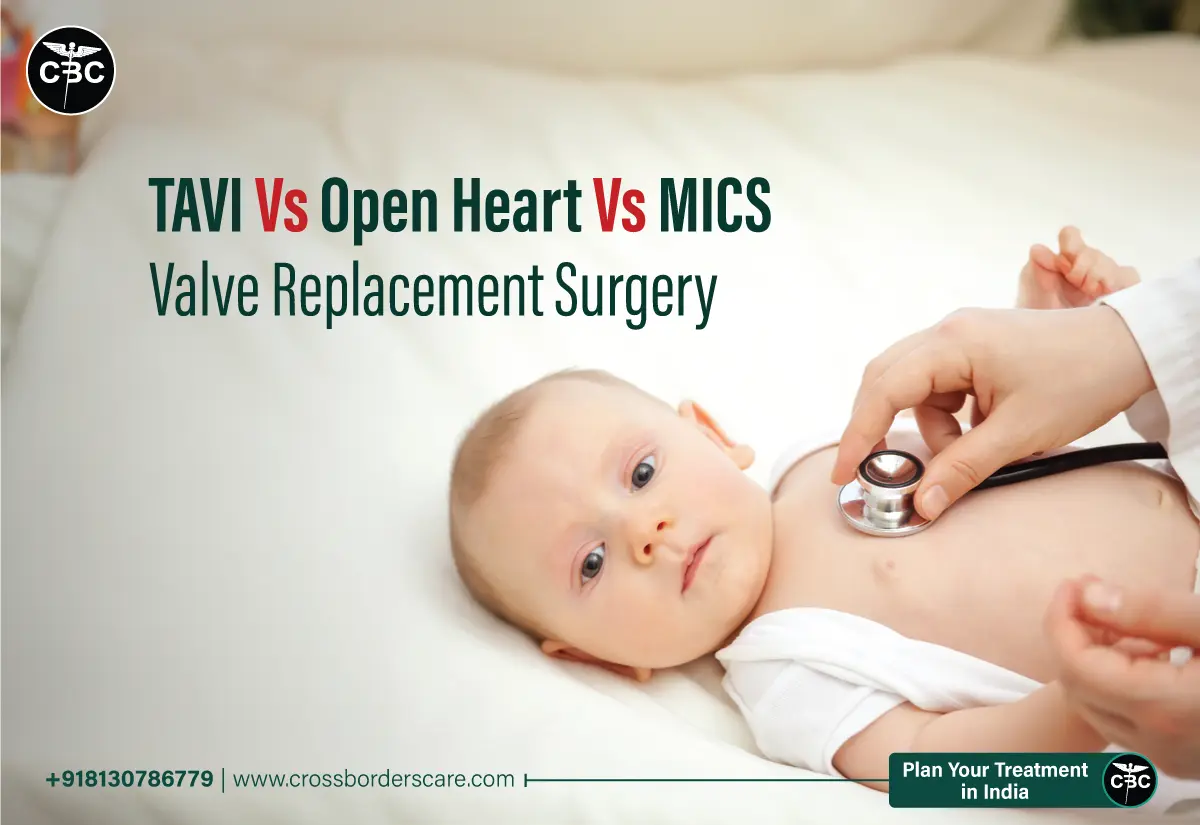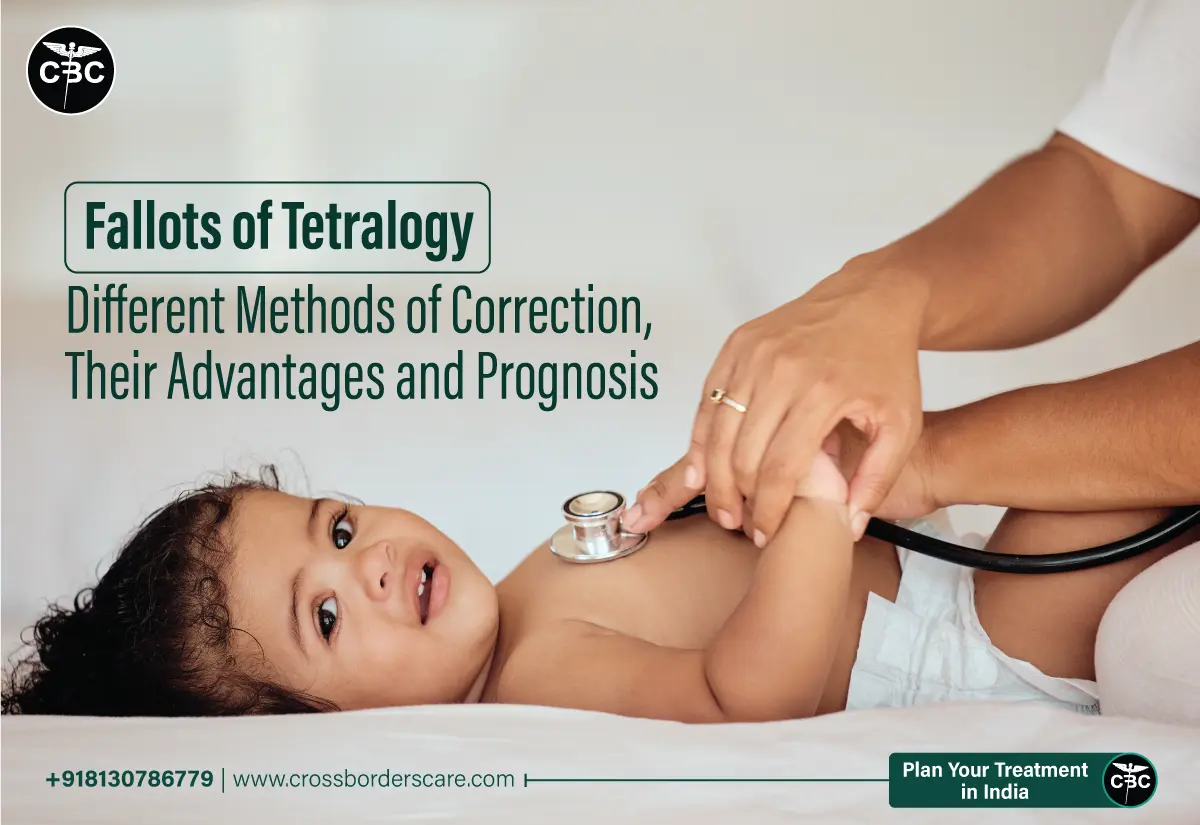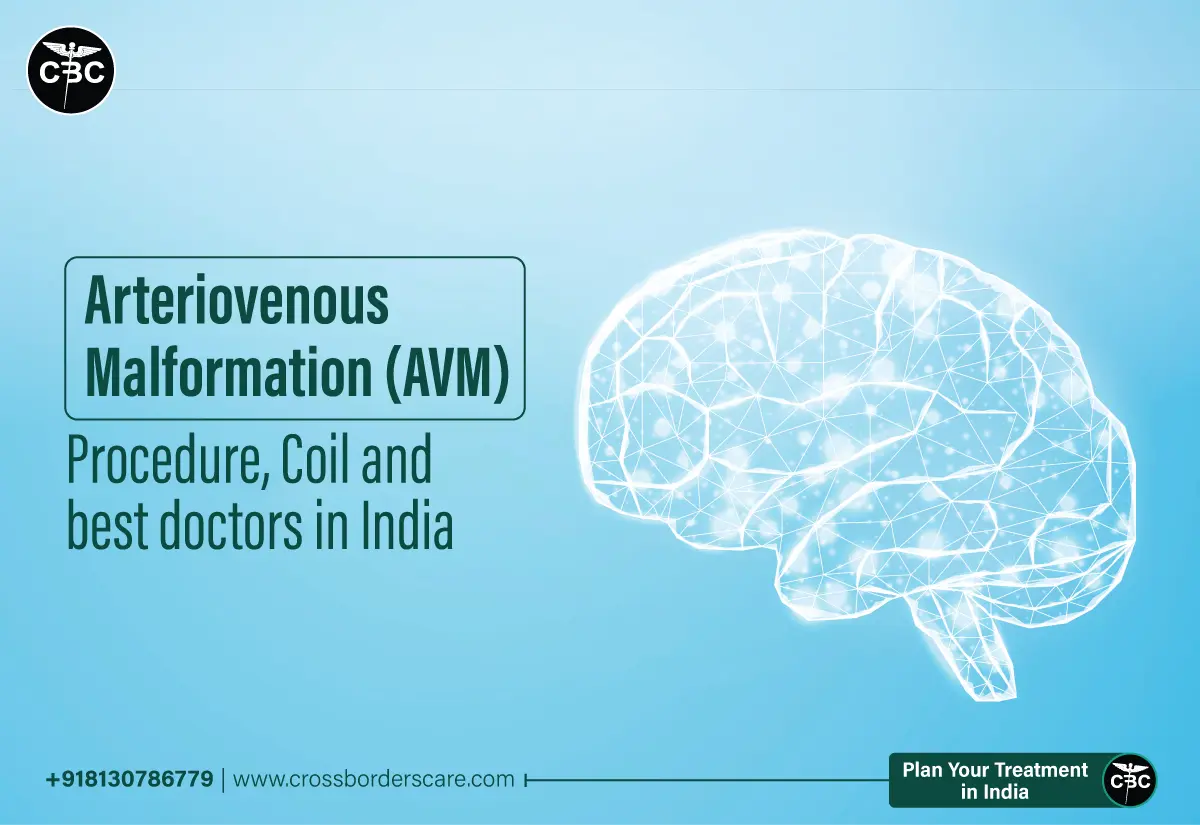The pituitary gland releases, stores, and makes hormones in our body. The common issues with this gland like pituitary tumours create hormonal imbalances in the body leading to several other medical conditions. The traditional treatments of pituitary tumour Treatment in India fail to deliver effective results with therapies and medications. Thanks to the recent developments in medical science, there are several innovative treatments available in leading hospitals like Max Healthcare for patients suffering from pituitary tumors.
This write-up helps us understand the top three innovative pituitary tumour treatment options in detail
1) Endoscopic Endonasal Surgery – Trans Nasal Transsphenoidal Surgery
It revolutionises pituitary tumour removal.
Traditionally the surgeons accessed the pituitary gland through the open cranial approaches leading to long recovery times and significant risks. The endoscopic endonasal surgery focuses on revolutionising the pituitary tumour removal by offering a minimally invasive procedure. Hence, it is a widely adopted pituitary tumour surgery in Delhi.
Process of Endoscopic Endonasal Surgery
In this surgery, an endoscope is inserted through the nostril to access the nasal cavity of the patient and then create a path to the pituitary gland. Surgeons can navigate through the nasal passages with the aid of specialised instruments and high-definition imaging. Further, pituitary tumour surgery cost in India helps patients to get benefits of this advanced procedure without the need for extensive incisions.
Pros and Cons of Endoscopic Endonasal Surgery
| Sr. No. | Pros | Cons |
| 1 |
Shorter HospitalisationIt is a minimally invasive procedure for pituitary tumour surgery in India leading to short hospital stay. |
Cerebrospinal Fluid Leakage |
| 2 |
Minimises the Damage Risk to the surrounding brain structures and tissues. |
Hematoma Risks at the wound site. |
| 3 |
Improved Tumour VisualisationMax Healthcare surgeons get the benefit of enhanced tumour visualisation in this procedure. |
|
| 4 |
Ideal For Patients With Complex TumoursPatients with large or more complex tumours can go for the endoscopic endonasal process. |
2) ZAP X
It offers a precise radiosurgery platform in pituitary tumours
It offers a pain-free and non-invasive alternative to the traditional surgeries by delivering high-dose radiation generally in a single sitting to brain tumours with pinpoint accuracy. It is one of the effective methods adopted by Indrapratha Apollo hospital for pituitary tumour surgery in Delhi.
Process of ZAP X
In this process, a high-definition imaging system is used for guidance and computer-controlled robotics. It delivers a high dose of radiation to brain tumours with pinpoint accuracy protecting the healthy cells and tissues near the tumour site.
Pros and Cons of ZAP X
| Sr. No. | Pros | Cons |
| 1 |
Improved precisionIt concentrates the specific dose of radiation to the pituitary tumour site only. |
High costIt has a high cost due to the limited availability of trained surgeons. |
| 2 |
Non-invasive treatmentIt focuses radiation directly to the lesion avoiding the need to open the skull. |
Limited trained professionalsThe limited number of trained professionals make this process exclusive. |
| 3 |
Short duration treatmentIt requires only a single session of around 30 minutes compared to the traditional radiation therapies of 3-4 hours. |
|
| 4 |
Easy daycare procedureIt allows patients to return home after the treatment unlike the traditional surgeries. |
3) Targeted Drug Therapies
It grants access to advanced medicine approaches.
The traditional drug therapies for pituitary tumours adopt a one-fit-for-all approach yielding insufficient results in the patients. Hence, the targeted drug therapy is focused on offering personalised and precise interventions targeting the molecular pathways causing tumour growth in patients.
Process of Targeted Drug Therapies
The two common targeted drug therapies adopted for treating pituitary tumours are:
● Use of Somatostatin Analogs: The use of the somatostatin analogues works by binding themselves to the tumour cell receptors. It inhibits the secretion of growth hormone and hence reduces the pituitary tumour size.
● Use of Dopamine Agonists: The use of dopamine agonists acts by stimulating the dopamine receptors in pituitary tumour cells. It suppresses the prolactin secretion and initiates the tumour shrinkage.
Pros and Cons of Targeted Drug Therapies
| Sr. No. | Pros | Cons |
| 1 |
Ideal For Patients Developing ResistanceIt is ideal for pituitary tumour patients who’ve developed resistance to other treatments. |
Skin problemsIt may cause skin allergies and skin infections. |
| 2 |
Offers Novel TreatmentAllows patients with refractory or aggressive pituitary tumours with the best novel treatment. |
Body painsIt may lead to joints and muscle pains. |
| 3 |
Prevents Formation of New Cancer CellsIt helps the best doctors for pituitary tumour surgery in India in cutting the blood supply to pituitary tumours. |
|
| 4 |
Enhanced treatment outcomeWith the use of targeted drug therapies, the overall treatment outcome significantly increases. |
Ending Note
So, the top three innovative methods mentioned above for pituitary tumour treatment are opening new hopes for patients. It covers endoscopic endonasal surgery, Zap-X radiosurgery, and targeted medicine approaches offering a new era in pituitary tumour management.
Consistent research and technological developments are set to refine these processes. Hence, it is easy for patients to select the best hospitals for pituitary tumour surgery in India for improved quality of life.
Cross Border encourages patient-centric treatment while ensuring best treatment options at affordable pricing in the world-class hospitals. Reach Cross Border for reduced waiting time and best savings on quality assured treatment!













